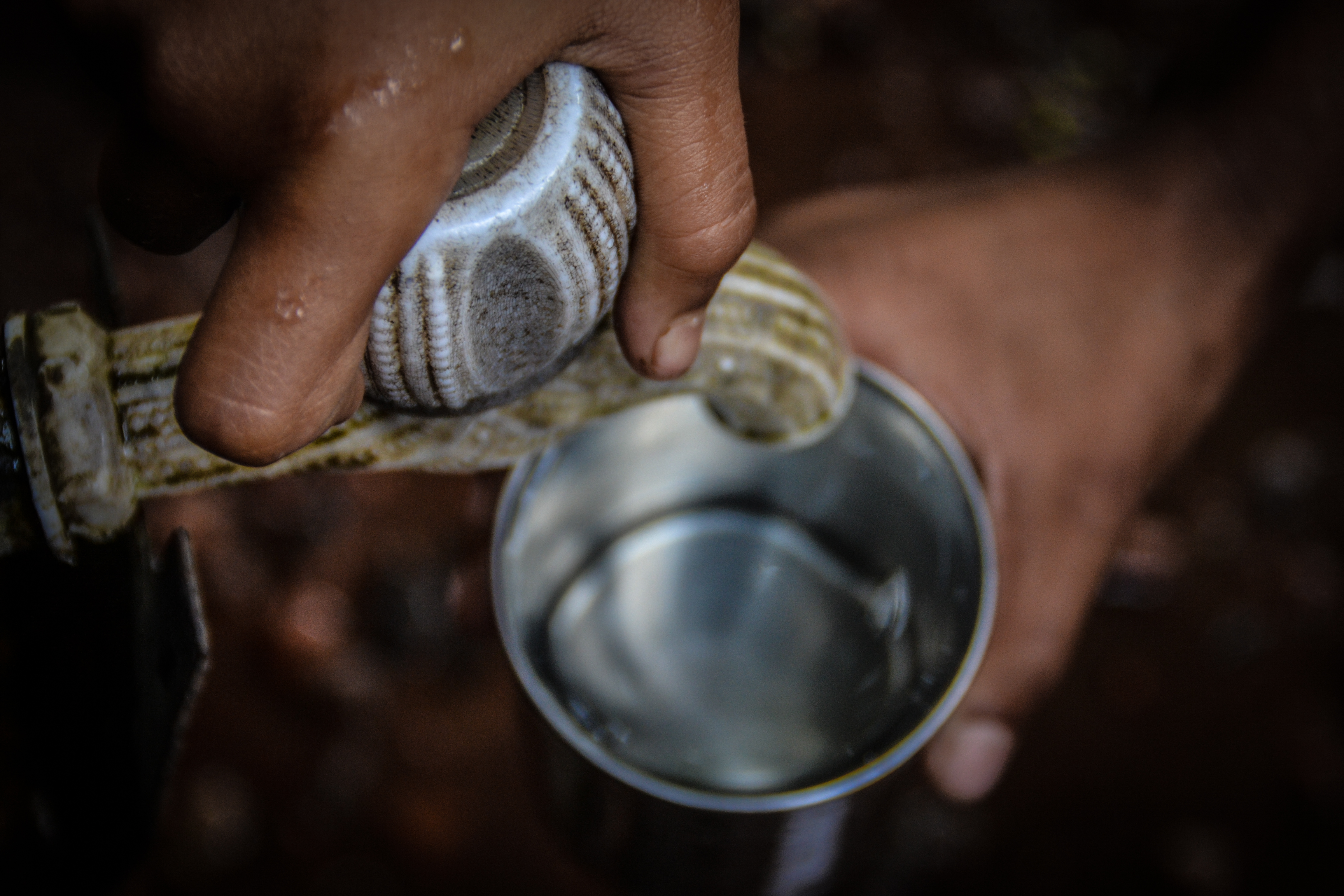
One of the important, yet often neglected aspects of water security is the operation and maintenance (O&M) of water supply systems. If systems are not properly used and cared for, it is not long before they go defunct.
With this in mind, in September 2021, the Government of Bihar issued guidelines for the O&M of water supply schemes established across the state at the ward level under the Mukhya Mantri Peyjal Nishchay Yojana of the Panchayati Raj Department. With the Mukhyamantri Gramin Peyjal Nishchay Yojana, the state of Bihar has been aiming to provide the households of all wards of 4291 Gram Panchayats (not affected by water quality issues) with tap water through pipes, and they have successfully done so in 88.12 against a target of 88.95 lakh households.
In February 2022, Aga Khan Rural support Programme (India), Water For People and Arghyam formed a consortium and created a program to operationalise and demonstrate a scalable model of participatory O&M covering about 600 water supply schemes in Sakra, Bandra and Muraul blocks of Muzaffarpur district in Bihar.
Since the program entails a relatively large-scale deployment, it called for a different approach and the partners collectively came up with some design principles to guide the roll-out of the program.
These can be summarised as -
1. Identifying the most important resource for the successful O&M of the schemes and building its agency and capacity - in this case the ‘Anurakshak’. This workforce, close to 58000 across the entire state, will be in every ward of the gram panchayat of the state, whose responsibility will be to run the Peyjal Nishchay Yojana smoothly in their respective wards. Normally, the ward members themselves act as Anurakshaks, however, the ward secretary too can be appointed as an Anurakshaks.
2. Keeping the program design lean with a deliberate scarcity of resources so that it is amenable to scale, as opposed to a usual resource-intensive design which might give immediate and fruitful results but cannot be scaled and replicated across other parts of the state.
3. Government is the right hand and this consortium is the left hand - the engagement will consciously strive for the ownership and execution of the program to be driven by the government, while the consortium partners will be the facilitators, catalysts and knowledge partners.
4. Use of Digital technology to generate trusted data for improving the efficiency and effectiveness of the program and enable building the agency of all the stakeholders in the system.
Together, we will be building capacities of the first-mile workers responsible at the ward level, or the Jal Anurakshak, establish operations and maintenance processes for implementation through demonstrations, and influence the state and centre to replicate the model developed at scale.
/our-works/participatory-and-frontline-centred-approach-bihar-water-supply-scheme